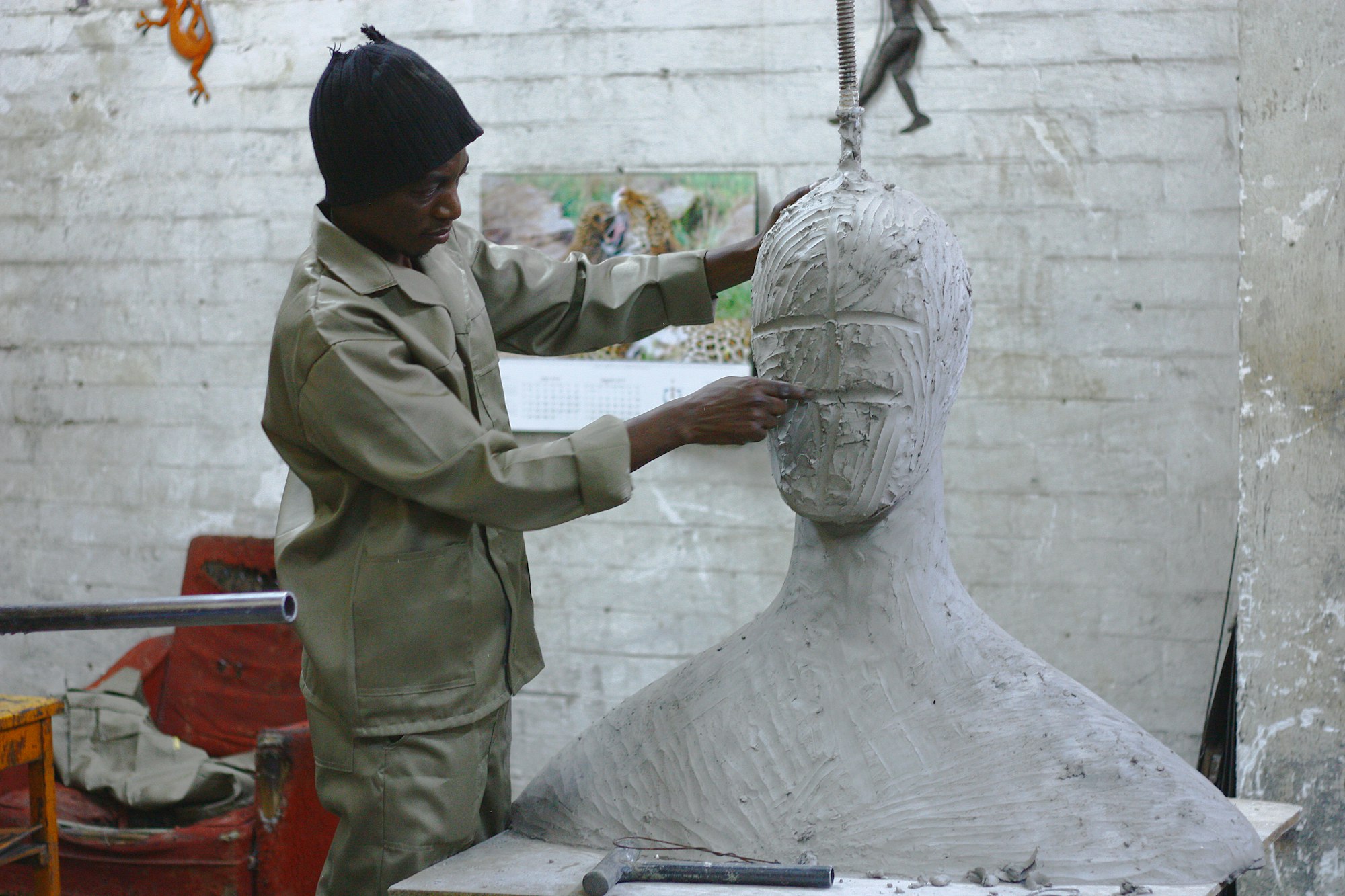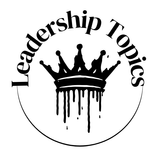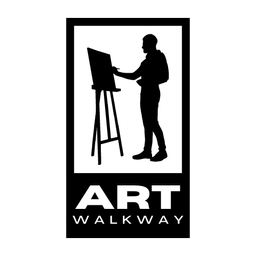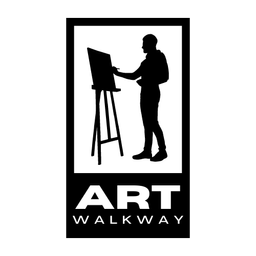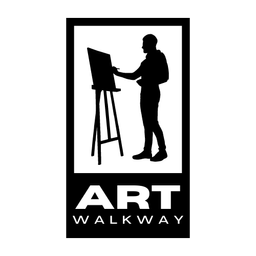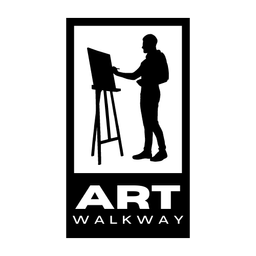Bosses Fake Productivity More Than Employees
Why "fauxductivity" is rampant in workplaces, with more managers and C-suite leaders admitting to faking productivity. Learn how to break the cycle.

In the bustling world of modern work, where every ping, email, and Zoom call feels like a race against time, the pressure to appear productive is at an all-time high. But what happens when the appearance of busyness becomes more important than actual results? Welcome to the age of fauxductivity—the art of faking productivity—and it’s not just employees who are guilty.
According to a Workhuman report, surprising number of managers and executives are admitting that they, too, have mastered the subtle dance of looking busy without necessarily being productive. In fact, 37% of managers confess to faking productivity, compared to 32% of non-managerial employees. Even in the upper echelons of leadership, fauxductivity is rampant, with 38% of C-suite executives saying they’ve done the same.
The Rise of Fauxductivity in the Workplace
Productivity is one of the hottest workplace topics of 2024, with companies across the globe laser-focused on improving efficiency. But while Fortune 500 CEOs listed "low productivity" as their top organizational challenge, the problem is more complex than just employees "quiet quitting" or sneaking in breaks. Managers and leaders are just as likely to engage in activities that make them appear productive without actually contributing meaningful work.
Why is this happening? One explanation could be the pressure to maintain an "always-on" culture, in which being seen to work matters as much as, if not more than, the actual output. Managers feel the need to show their teams they're busy, leading to a vicious cycle where everyone is faking productivity to keep up with each other.
When the Bosses Are Just as Guilty
The idea that managers and executives are just as prone to faking productivity might come as a shock to some, but the truth is, they're not immune to the stresses and demands of the modern workplace. Unlike employees who may "coffee badge" or jostle their mouse to seem active, bosses face their own version of fauxductivity. This could look like attending unnecessary meetings, writing redundant emails, or staying logged in after-hours to signal their commitment.
In fact, a Workhuman survey revealed that 48% of managers are concerned about faked productivity on their teams. Ironically, a significant portion of these same managers admitted to participating in it themselves. It’s a reality check for leaders: you can’t expect authenticity from your team when you’re not setting the same example.
The Performative Productivity Trap
So, why do managers and C-suite executives fall into the trap of performative productivity? One word: pressure. Pressure from higher-ups, pressure to set an example, and pressure to maintain the appearance of control. But this behavior doesn’t just stay at the top—it filters down, creating a culture where employees feel they must constantly look busy to earn approval.
“Managers especially are in the position to promote a workplace culture that allows employees to be human and say when they’re struggling—not turn to performative productivity,” says a leading workplace expert. However, when managers themselves are caught in the same cycle, it becomes hard to break.
This creates an environment where employees and bosses alike are more focused on looking productive than actually being productive. The result? Burnout, inefficiency, and a lack of trust between management and their teams.
Breaking the Cycle of Fauxductivity
The antidote to fauxductivity isn’t just working harder—it’s working smarter. Here are a few ways leaders can shift the focus from performative busyness to genuine productivity:
- Emphasize Results, Not Hours: Shift the focus from how long someone is working to what they are accomplishing. Managers should set clear goals and track progress based on output, not time logged.
- Model Authentic Leadership: Leaders need to set the tone by admitting when they’re overwhelmed or need a break. By being transparent, they give their team permission to do the same.
- Encourage Breaks: Instead of discouraging downtime, promote the idea that short breaks actually improve productivity. Managers should take breaks themselves to normalize this behavior.
- Reduce Unnecessary Meetings: Not every discussion requires a meeting. Streamlining communication and giving people the space to focus on deep work will help alleviate the pressure to perform.
Final Thoughts
In a world where the appearance of productivity is increasingly valued, it’s no wonder that both employees and their bosses are faking it to keep up. But fauxductivity benefits no one in the long run. As more leaders acknowledge their participation in this culture, the solution lies in creating a more balanced, transparent, and results-oriented workplace. It’s time to drop the act and focus on what really matters—getting meaningful work done.
The Leadership Topics
ART Walkway Highlights
For the latest trends in the art world, visit our sister magazine for in-depth features and exclusive insights:

